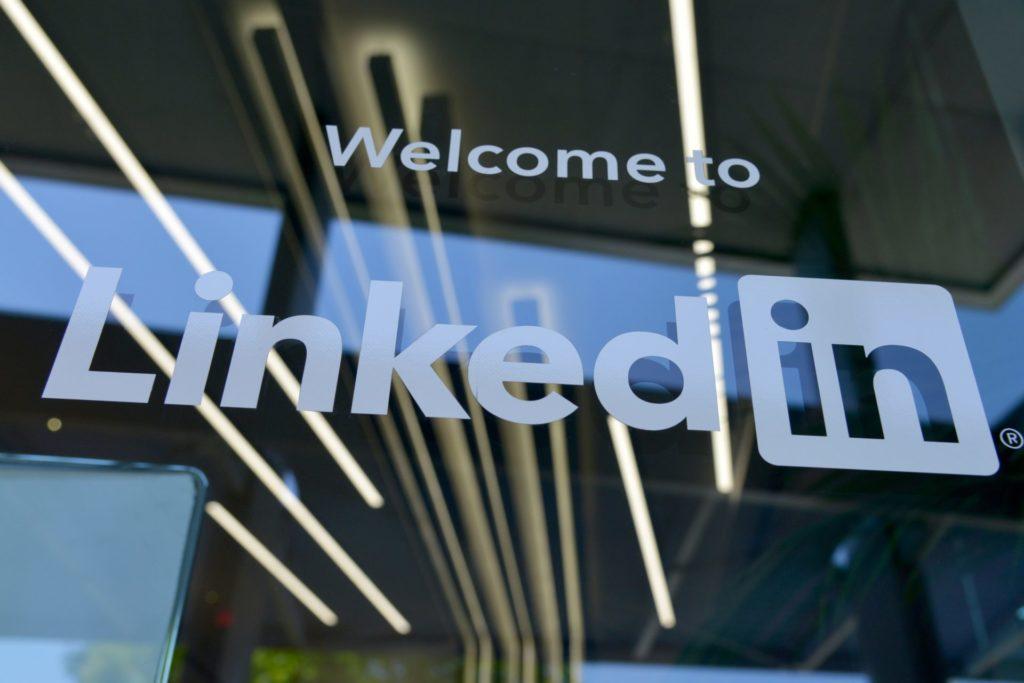We live in a skeptical age. People are more reluctant than ever to engage with an unknown product or service. And as humans, we are biologically driven to avoid losses far more than we are driven to achieve gains.
One important tactic for getting ESL students across that bridge of uncertainty is “social proof”. When we see “people like us” who have had a good experience engaging with a service, we are much more likely to do so ourselves.
So as a freelance ESL instructor, it is important that your sales funnel includes testimonials from previously satisfied ESL students.
- A great testimonial will answer key “objections” your prospective students may have.
- A great testimonial will position you as a skilled professional, worthy of asking for a premium lesson rate.
- A great testimonial will provide evidence that you can deliver on the positive transformation you promise.
Table of Contents
Feedback from ESL Students is Critical
Too many business people undervalue the importance of soliciting customer feedback, both progressively throughout the service experience and at the end of it.
If your ESL students report a negative experience that you can fix, they’ve done you a favor by bringing it to your attention. A dissatisfied customer will tell between nine and 15 people about their experience. By frankly communicating their disappointment, you have a second chance to put things right.
Sometimes, an unhappy customer can be turned into one of your biggest fans if you listen to what they have to say, show that you are taking their opinions seriously and make an honest attempt to address their complaints.
On the other hand, you are wasting an incredible opportunity if you don’t try to maximize a glowing review. If a student is happy to give you a great written testimonial, take it one step further and see if they would be willing to do a brief recorded video with you on Zoom. You can edit this later into a high quality video for your website.
How to Ask for Feedback
Make the process of asking for feedback from ESL students an automatic part of your workflow. Whenever a student finishes a course of lessons, email them and ask for their feedback. Give them a link to a form with some specific questions for them to answer. You can use Google Forms or better yet, a specific testimonial collection form on your website.
Take the opportunity to thank the person and explain why you are asking for feedback e.g. “Thank you again for taking lessons with me. I’d really appreciate your feedback because it will help me to improve and grow my business”.
Give them a deadline to send it back to you and don’t be shy about following up. ESL students may not appreciate how important their input is to your overall business strategy.
Avoid asking binary “yes or no” questions. Use open-ended questions to get fuller, richer feedback.
Some important questions you should ask are:
- What problems were you having with English before you contacted me?
- Why did you specifically choose me to help you?
- What was your favorite part of my lessons?
- What would you tell someone who is thinking of taking lessons with me?
- What specific improvements have you seen in your English since working with me?
You should ask for detailed responses rather than just generic answers like “Your lessons were great”, “I enjoyed having lessons with you”. Watch the video below in which Ashlyn describes how detailed granular feedback can help with marketing your service.
Edit the Feedback into a Draft Testimonial
This next tip might seem a little sketchy, but bear with me.
Most ESL students will hesitate about providing you with a full testimonial because they don’t know what they should say.
You can make the process painless for them by taking the best parts of their feedback form response and drafting it into a testimonial. Then share it with the student and be sure to tell them that this is just a draft.
Invite them to add, edit or delete as they see fit. Most of the time, they will just sign off on it, because it’s already their own words, arranged into a more presentable format. Watch the following video and listen to Courtney Chaal explain how she uses this technique in her business.
Anatomy of the Perfect Testimonial
As mentioned at the beginning of the article, testimonials are persuasive if readers can see that you are helping “people like me”. The perfect testimonial should provide a relatable experience for your target audience.
A testimonial should have an image. Ideally it should be a headshot of the student themselves. A lot of people already have social media profile photos that they can easily share with you.
Ideally you should also use the student’s full name, but if that isn’t possible for privacy reasons or whatever, try to get at least a given name or a nickname. Anonymous testimonials aren’t very credible.
You should also try to get some other identifiable information like:
- the town/country where they live
- their age
- their job
These details will boost the authenticity and credibility of their review.
Teacherpreneur Marketing
ACADEMY
FACEBOOK GROUP
Create a Video Testimonial from a Zoom Recording
If you are fortunate enough to have a student who agrees to let you use an edited Zoom interview, here are some tips that will elevate the quality.
- Pay attention to lighting. Ask the student if they can do the interview while facing natural light through a window.
- Ask them if they have an environment free of clutter or background distractions.
- When editing, pick some relevant “B roll” stock video that you could splice in to break things up. Talking head videos aren’t very engaging.
- Pick some suitable royalty free background music that you could play at low volume to support the “tone” you are trying to achieve.
Your goal is to produce an engaging video that highlights the successful transformation your student has achieved with your guidance. Remember that the customer is the hero of the story, not you or your service. You are just the guide that gets them to where they want to be.
The best testimonial is presented almost in dramatic story form.
- Introduce the hero (your student)
- Explain what their English competence was like before they met you
- Describe the obstacles they needed to overcome
- Talk about the process they went through with you to address those problems
- Conclude with how their life was improved as a result
Watch Kevin Fremon’s video where he goes into more detail about presenting the “hero’s arc” narrative in your video testimonials.
Give your interviewees the questions in advance, so they have time to think about them and give thoughtful answers.
Coach your interviewee to paraphrase your questions into their answer. That way, when it comes time to edit you can cut out most, if not all of your own input and just use the segments where the student is talking.
Choose an appropriate thumbnail for the video. By default, YouTube picks a random frame from the video as your thumbnail, but it might not be the ideal image and the image quality is usually poor. Choose a high-resolution custom photo with the right image dimensions to upload with your video.
If you feel intimidated about doing video editing yourself, it should be possible to find a professional editor on Upwork or Fiver who can do it for about $100. Just give them all the video and other assets you’ve assembled and explain the kind of result you are looking for.
Finally, try to pick an interview subject who you know will be “good on camera”. Not everyone will have the energy level or confidence you need to create a showcase client testimonial.
Watch Wes McDowall as he explains in detail how to create a video testimonial that will grow your business and attract new students.
Use Your Testimonials On Your Website
It’s a good idea to put the long form testimonials on a dedicated “Testimonials” page. But don’t just leave it at that. You should be utilizing them throughout the sales funnel of your website.
Pick the best two or three reviews, choose a couple of sentences from each and strategically place them near your “call to action” elements. Put them on your checkout pages, contact pages, upsell pages and even your “thank you” pages. A carousel display with a few simple five-star reviews usually works well. ⭐⭐⭐⭐⭐
Be strategic about your testimonial selections. For example, if you have a “call to action” for a kids course program, pick the testimonials from parents of the students who completed that course, or at least other kids lessons that you might have offered. Make sure the testimonials are from students who match the “persona” of your target demographic.
Conclusion
Praise from yourself is never going to be as compelling as praise from people you’ve helped. So make it a priority to ask all your students to offer feedback. Take the best ones and see if you can “level up” their responses into a video format.
And never forget to express your gratitude for their comments, regardless of whether it be a one-star or five-star response. Customer feedback is one of the most valuable assets any business can own.
Do you make a habit of asking students to give you a testimonial? If so, leave a comment about how it has helped your business to grow.
The author of this post lives in Japan with his wife and family. He has taught English part-time (online and off) for more than a decade. He is passionate about WordPress consulting, online marketing and using the power of the internet to help people achieve their dreams.
He thinks that until you’ve tried sashimi tuna with wasabi, soy sauce, hot sake and a cold beer chaser, you just haven’t lived.


